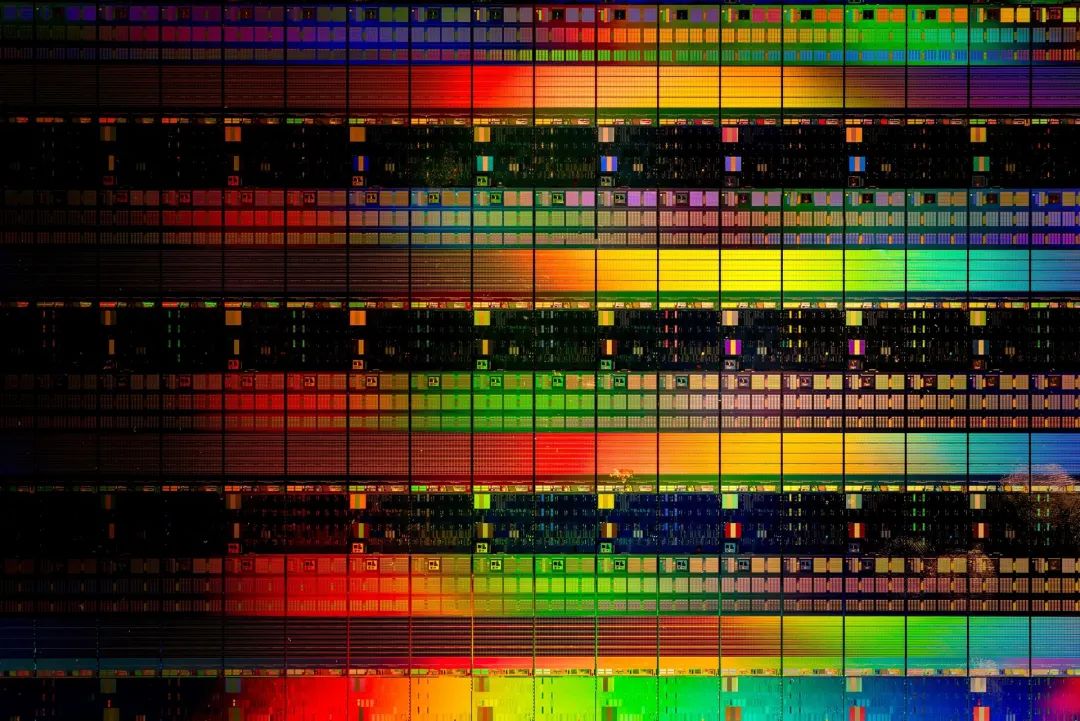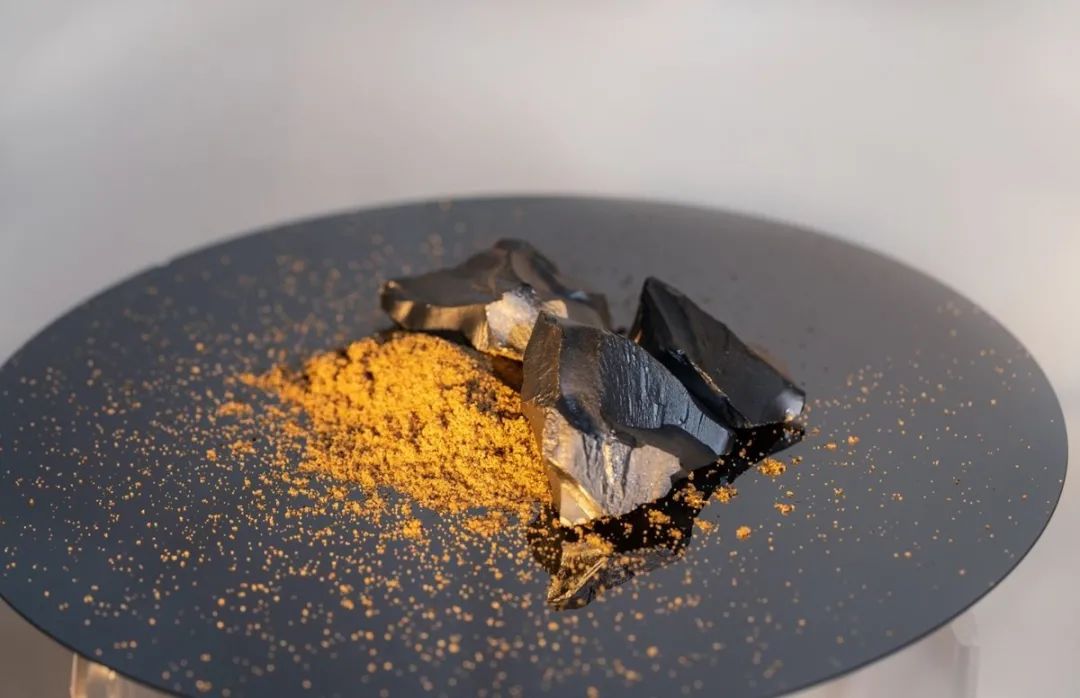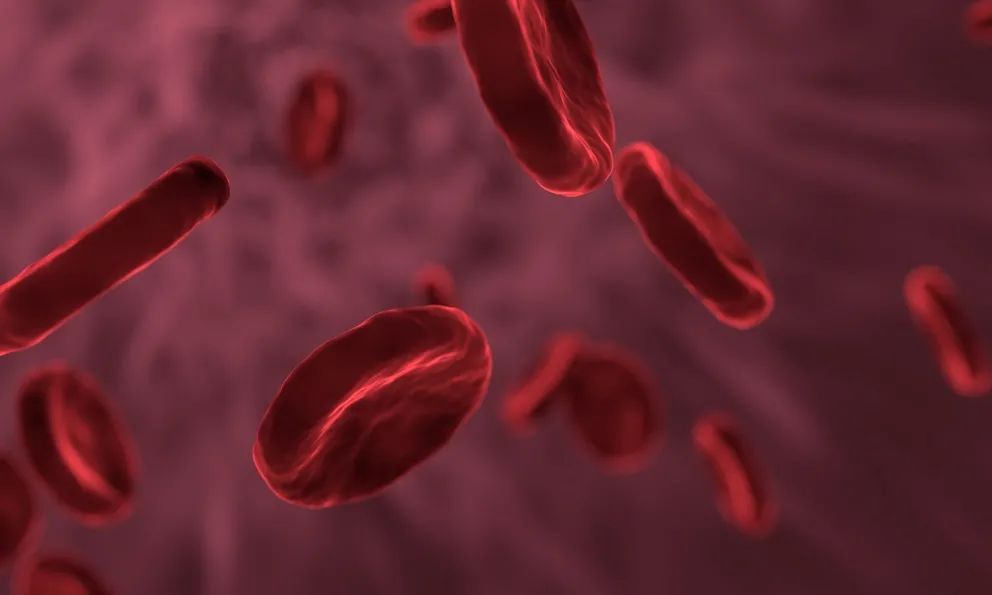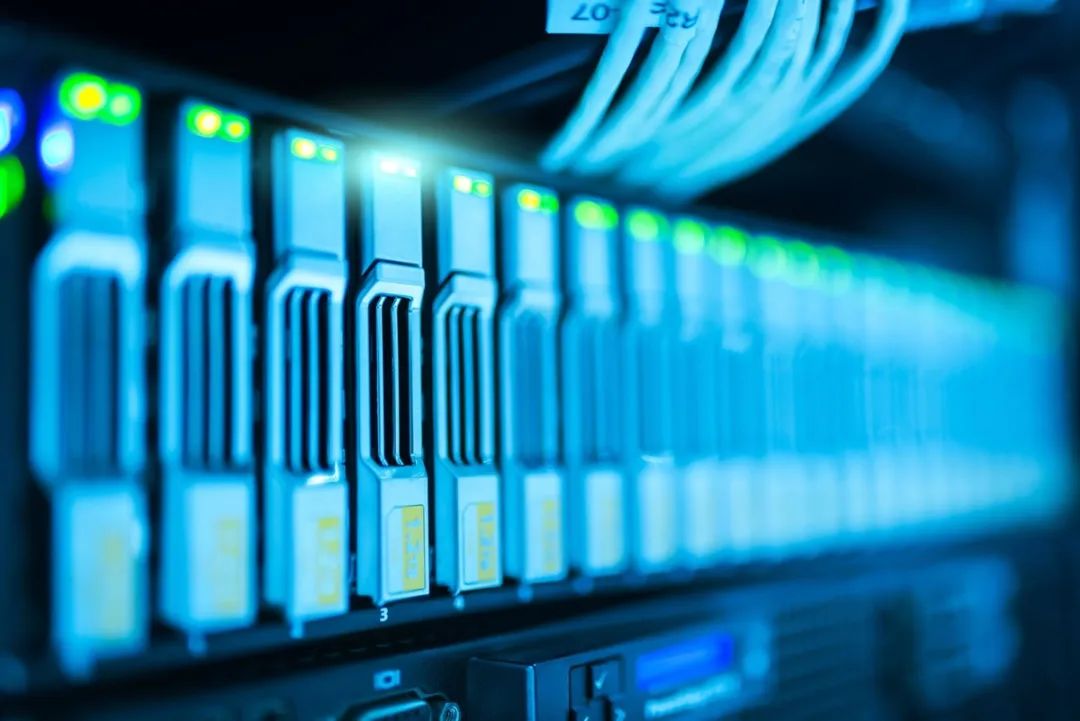 Banner | Promotion
Banner | PromotionAuthorized, reproduced from ASML’s WeChat public account
It’s hard to imagine a world without chips— from cars to smartphones, from MRI machines to industrial robots and data centers, chips have become an indispensable core technology in our work, travel, fitness, and entertainment.
Chips are everywhere. With each update and iteration, chips gradually acquire new functions, better performance, and lower costs. This not only spawns new products but also enables many industries to transform and upgrade.
Although small, chips have a huge impact on the human world.
What Is a Chip
A chip (chip) is also known as a microchip, computer chip, integrated circuit, or IC, and is a set of electronic circuits on a small flat wafer.
On a chip, transistors act as miniature electronic switches that can open or close the current. Countless tiny switches are formed on the wafer by creating a multi-layer interconnection grid structure through the addition and removal of materials.

The Gold of the Digital Realm
Silicon is the preferred material in the chip industry. Unlike metals typically used to conduct electricity, silicon is a “semiconductor” which means its conductivity can be enhanced by mixing it with other materials (such as phosphorus or boron). This makes it possible to open or close the current.

The good news is that silicon is everywhere! Silicon is made from sand, which is the second most abundant element on Earth after oxygen. Silicon wafers are made from a type of sand called silica sand, which is formed from silicon dioxide. This sand is melted and cast into a large cylinder called a silicon ingot. The silicon ingot is then sliced into thin sheets, known as wafers.
Nano-Level Precision
A chip the size of a fingernail contains billions of transistors, so you can easily understand how small the component structure must be. The component structure of a chip is measured in nanometers. One nanometer is one billionth of a meter or one millionth of a millimeter. For comparison, the diameter of a human red blood cell is 7000 nanometers, and a typical virus is 14 nanometers. Currently, through ASML lithography machines, the smallest structures on the most advanced chips can be below 5 nanometers.

The smaller the size of the micro-images that ASML’s lithography machines can create, the more transistors chip manufacturers can install on the chips, and the more powerful the chips become.
Fun Fact: The “Flavors” of Chips
Microchips mainly come in two types: logic chips and memory chips.
What Is a Logic Chip?
Logic chips are the “brains” of electronic devices — they perform tasks by processing information. The earliest logic chips were CPUs (Central Processing Units), designed in the 1960s. Later, processors with specific functions emerged, such as GPUs (Graphics Processing Units, used for optimizing visual display) and NPUs (Neural Processing Units, used for deep and machine learning applications).
What Is a Memory Chip?
Memory chips are used to store information. There are two types of memory chips: one is DRAM (Dynamic Random Access Memory), which is the “working memory” chip that only retains data when the device is powered on; the other is NAND flash memory, which can retain data even when the device is powered off. For example, DRAM helps the device run programs, while NAND stores your photos and files; DRAM is fast, while NAND reads and writes data relatively slowly.
Amazing Computing Power
The advancement of chips has driven an astonishing increase in computing power and memory space, spurring the rapid development of contemporary technology — from 1956 to 2015, computing power increased by a trillion times, all thanks to chips.
Take this example: the computer that navigated the Apollo moon landing mission had functionality roughly equivalent to only twice that of a Nintendo game console. It had 32,768 bits of Random Access Memory (RAM) and 589,824 bits of Read-Only Memory (ROM). The processing power of a modern smartphone is about 100,000 times that of a Nintendo game console, with RAM and ROM being 1 million times and 7 million times respectively.

Chips have made applications like virtual reality (VR, Virtual Reality) and on-device AI possible, and have significantly advanced large data transmission such as 5G connectivity, becoming the unsung heroes behind deep learning algorithms. All this computing generates massive amounts of data. By 2025, the world will produce 175 zettabytes (ZB) of data annually, equivalent to about 1 billion TB. In comparison, according to the market intelligence firm IDC’s